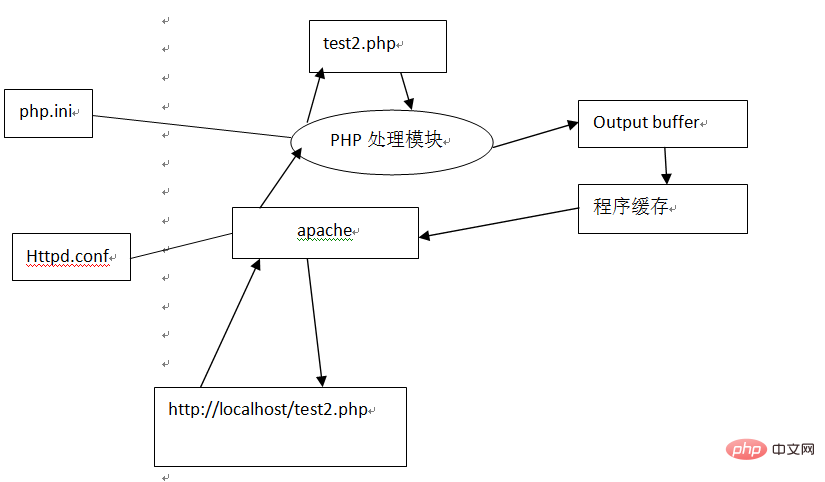Home >Backend Development >PHP Problem >What are the php caching mechanisms?

Page cache: Every time you access a page, it will first detect whether the corresponding cached page file exists. If it does not exist, connect to the database and get the data. Display the page and generate a cached page file at the same time, so that the page file will play a role the next time you visit. (Template engines and some common PHP caching mechanism classes on the Internet usually have this function) (Recommended learning: Getting Started with PHP Programming To master)
Static cache: The static cache mentioned here refers to static, directly generate text files such as HTML or XML, and regenerate them when there are updates, which is suitable For pages that don’t change much
Memory cache: memcache is a high-performance, distributed memory object PHP caching mechanism system, used to reduce database load and improve access speed in dynamic applications
We can use PHP's own caching mechanism to complete page staticization, but PHP's own caching mechanism alone cannot perfectly solve page staticization, and often requires other staticization technologies (usually is pseudo-static technology) used in combination.
The output buffer is PHP's own cache, which can be turned off by configuring php.ini. The program cache is always on and cannot be turned off. The contents in the program cache cannot be modified, but the contents in the output buffer can be modified. After the modification is completed, all contents will be sent to the program cache.
When we design a communication protocol, the "message header/message body" division method is very commonly used. The message header tells the other party what the message is for, and the message body tells the other party how to do it. The messages transmitted by HTTP are also stipulated in this way. Each HTTP packet is divided into HTTP header and HTTP body.
A message. When sending a message, generally speaking, the message header part is first, and the message header part specifies The length of the message body part is specified, and then \r\n\r\n is used to indicate the end of the message header part, followed by the message body part. If no header is defined, the default header is sent.

As can be seen from the figure, after the browser sends an http request to apache, apache forwards the request to the php processing module according to the httpd.conf file, and the php processing module according to php.ini Process test2.php.
If php.ini turns off the output buffer, then the php processing module will send the information header and information content directly to the program cache. If php.ini turns on the output buffer, then the php processing module will send the information header and information content. Send it directly to the Output buffer, and then send it to the program cache after the Output buffer receives it.
The above is the detailed content of What are the php caching mechanisms?. For more information, please follow other related articles on the PHP Chinese website!